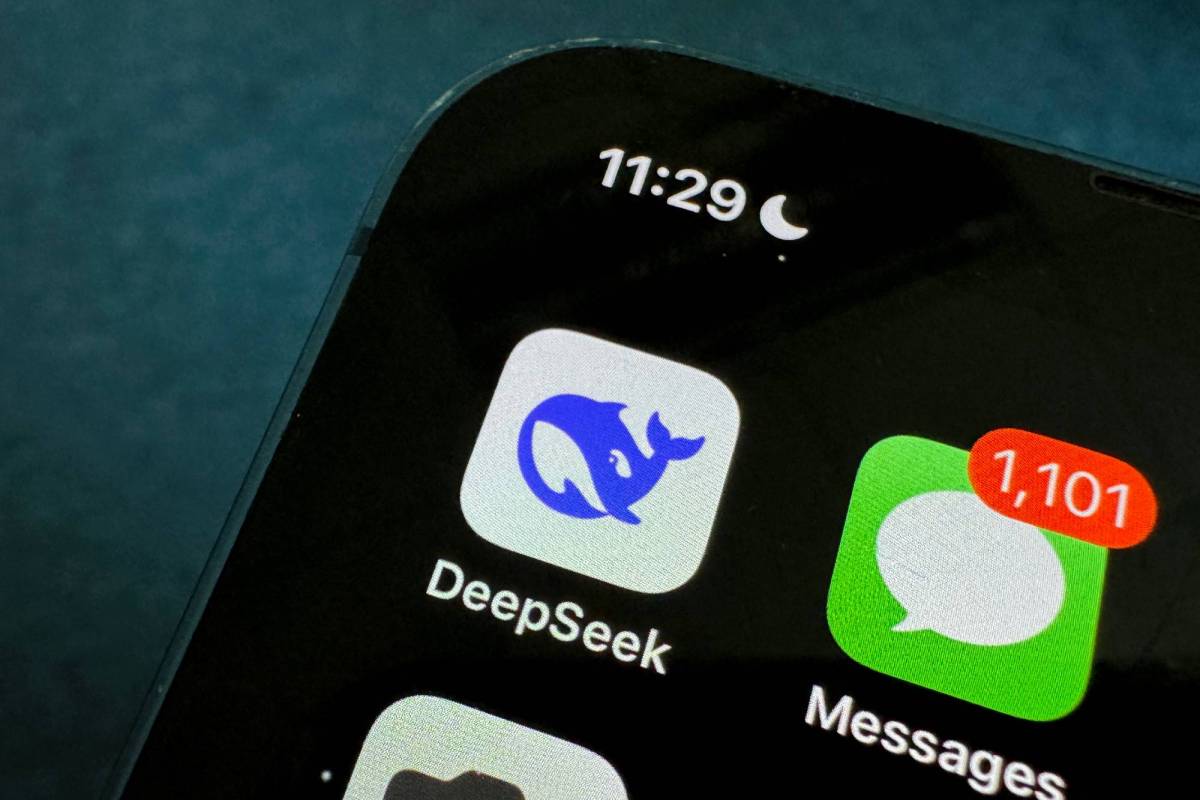DeepSeek has taken the world by storm, gaining widespread recognition and attention.
The Chinese AI lab, DeepSeek, has broken into the mainstream consciousness this week, following the remarkable rise of its chatbot app to the top of the Apple App Store charts, as well as Google Play. This achievement has led Wall Street analysts and technologists to question the United States’ ability to maintain its lead in the AI race and whether the demand for AI chips will be sustained. DeepSeek’s AI models, which were trained using compute-efficient techniques, have sparked this debate.
However, the question remains: where did DeepSeek originate, and how did it achieve international fame so rapidly?
DeepSeek’s Trader Origins
DeepSeek is backed by High-Flyer Capital Management, a Chinese quantitative hedge fund that utilizes AI to inform its trading decisions.
Liang Wenfeng, an AI enthusiast, co-founded High-Flyer in 2015. Wenfeng, who began exploring trading while a student at Zhejiang University, launched High-Flyer Capital Management as a hedge fund in 2019, focusing on developing and deploying AI algorithms.
In 2023, High-Flyer established DeepSeek as a lab dedicated to researching AI tools, separate from its financial business. With High-Flyer as one of its investors, the lab spun off into its own company, also called DeepSeek.
From its inception, DeepSeek built its own data center clusters for model training. However, like other AI companies in China, DeepSeek has been affected by U.S. export bans on hardware. To train one of its more recent models, the company was forced to use Nvidia H800 chips, a less powerful version of the H100 chip available to U.S. companies.
DeepSeek’s technical team is reportedly comprised of young individuals. The company aggressively recruits doctorate AI researchers from top Chinese universities. Additionally, DeepSeek hires people without computer science backgrounds to help its technology better understand a wide range of subjects, according to The New York Times.
DeepSeek’s Strong Models
DeepSeek unveiled its first set of models, including DeepSeek Coder, DeepSeek LLM, and DeepSeek Chat, in November 2023. However, it was not until the release of its next-gen DeepSeek-V2 family of models last spring that the AI industry began to take notice.
DeepSeek-V2, a general-purpose text- and image-analyzing system, performed well in various AI benchmarks and was significantly cheaper to run than comparable models at the time. This forced DeepSeek’s domestic competitors, including ByteDance and Alibaba, to cut usage prices for some of their models and make others completely free.
The launch of DeepSeek-V3 in December 2024 further added to DeepSeek’s notoriety.
According to DeepSeek’s internal benchmark testing, DeepSeek V3 outperforms both downloadable, openly available models like Meta’s Llama and “closed” models that can only be accessed through an API, like OpenAI’s GPT-4o.
DeepSeek’s R1 “reasoning” model, released in January, is equally impressive. DeepSeek claims that R1 performs as well as OpenAI’s o1 model on key benchmarks.
As a reasoning model, R1 effectively fact-checks itself, which helps it avoid pitfalls that typically trip up models. Reasoning models take slightly longer to arrive at solutions compared to typical non-reasoning models. The upside is that they tend to be more reliable in domains such as physics, science, and math.
However, there is a downside to R1, DeepSeek V3, and DeepSeek’s other models. As Chinese-developed AI, they are subject to benchmarking by China’s internet regulator to ensure that their responses “embody core socialist values.” In DeepSeek’s chatbot app, for example, R1 won’t answer questions about Tiananmen Square or Taiwan’s autonomy.
A Disruptive Approach
DeepSeek’s business model is not entirely clear. The company prices its products and services well below market value and gives others away for free. It is also not taking investor money, despite significant VC interest.
According to DeepSeek, efficiency breakthroughs have enabled the company to maintain extreme cost competitiveness. However, some experts dispute the figures supplied by the company.
Whatever the case may be, developers have taken to DeepSeek’s models, which are available under permissive licenses that allow for commercial use. According to Clem Delangue, the CEO of Hugging Face, one of the platforms hosting DeepSeek’s models, developers on Hugging Face have created over 500 “derivative” models of R1 that have racked up 2.5 million downloads combined.
DeepSeek’s success against larger and more established rivals has been described as “upending AI” and “over-hyped.” The company’s success was at least partially responsible for causing Nvidia’s stock price to drop by 18% in January and for eliciting a public response from OpenAI CEO Sam Altman.
In March, U.S. Commerce department bureaus told staffers that DeepSeek will be banned on their government devices, according to Reuters.
Microsoft announced that DeepSeek is available on its Azure AI Foundry service, Microsoft’s platform that brings together AI services for enterprises under a single banner. When asked about DeepSeek’s impact on Meta’s AI spending during its first-quarter earnings call, CEO Mark Zuckerberg said spending on AI infrastructure will continue to be a “strategic advantage” for Meta.
In March, OpenAI called DeepSeek “state-subsidized” and “state-controlled” and recommends that the U.S. government consider banning models from DeepSeek.
During Nvidia’s fourth-quarter earnings call, CEO Jensen Huang emphasized DeepSeek’s “excellent innovation,” saying that it and other “reasoning” models are great for Nvidia because they require significant compute power.
At the same time, some companies are banning DeepSeek, and so are entire countries and governments, including South Korea. New York state also banned DeepSeek from being used on government devices.
As for what DeepSeek’s future might hold, it is unclear. Improved models are a given, but the U.S. government appears to be growing wary of what it perceives as harmful foreign influence. In March, The Wall Street Journal reported that the U.S. will likely ban DeepSeek on government devices.
This story was originally published on January 28, 2025, and will be updated regularly.
Source Link




